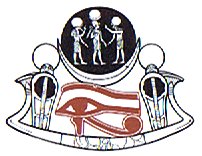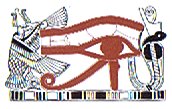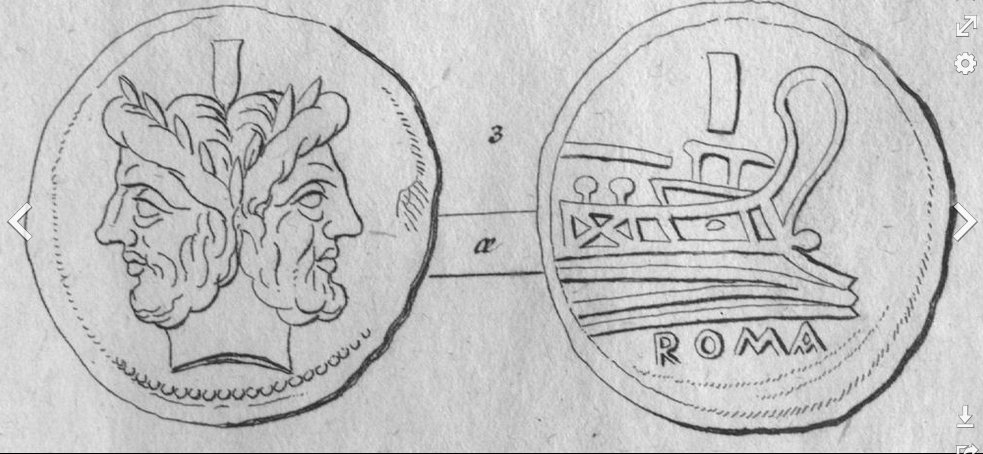205. Glyph number 6 on side b of the C tablet could evidently have been intended to visualize where the other half-year (the 'year in grass') was beginning:
The quickest (most lively) of the quadrupeds was the cheetah and possibly it was his face which initially had inspired the idea of weeping eyes.
Anyhow, in the center of Cb1-6 there is a kind of 'tree' (rakau). Here, it seems, Mother Earth (corresponding to the Babylonian Field) was forced to separate from the Sky Father, and in the gap between everything would be flooded in light instead of sweet water. Life-giving air (breath) had returned and everything grew upwards. The cycle of Father Light, Jus Piter, Jupiter, was 398 days and a fraction. ... The seventh tree is the oak, the tree of Zeus, Juppiter, Hercules, The Dagda (the chief of the elder Irish gods), Thor, and all the other Thundergods, Jehovah in so far as he was 'El', and Allah. The royalty of the oak-tree needs no enlarging upon: most people are familiar with the argument of Sir James Frazer's Golden Bough, which concerns the human sacrifice of the oak-king of Nemi on Midsummer Day. The fuel of the midsummer fires is always oak, the fire of Vesta at Rome was fed with oak, and the need-fire is always kindled in an oak-log ...
... Sky (rangi) and Earth (papa) lay in primal embrace, and in the cramped, dark space between them procreated and gave birth to the gods such as Tane, Rongo and Tu. Just as children fought sleep in the stifling darkness of a hare paenga, the gods grew restless between their parents and longed for light and air. The herculean achievement of forcing Sky to separate from Earth was variously performed by Tane in New Zealand and the Society Islands, by Tonofiti in the Marquesas and by Ru (Tu) in Cook Islands. After the sky was raised high above the earth, props or poles were erected between them and light entered, dispelling the darkness and bringing renewed life. One detail which is iconographically of interest is whether the god responsible for separating Earth and Sky did so by raising the Sky with his upraised arms and hands, as in Tahiti and elsewhere, or with his feet as in New Zealand ... ... They were Ranginui, the Sky Father, and Papatuanuku, the Earth Mother, both sealed together in a close embrace. Crushed between the weight of their bodies were their many children, whose oppression deepened. They yearned to be free; they fought their parents and each other to break loose. Tuumatauenga, virile god of war, thrust and shouted; Tangaroa of the oceans whirled and surged; Tawhirirangimaatea, Haumiatiketike and Rongomatane, of wild foods and cultivated crops, tried their best but were not successful; and Ruamoko, god of earthquakes, yet to be born, struggled in the confinement of his mother's womb ... Of them all, Taane Mahuta, the god of the forests, was the most determined; he set his sturdy feet upon his father's chest, and braced his upper back and shoulders against the bosom of his mother. He pushed; and they parted. So the world, as the Maori understand it, came into being ... The coin (the C tablet) was here (365 + 27 = 392 days after Ca1-6) turned around and we can recognize the double sign of henua corresponding to the single such item above the stern of the grounded Argo Navis - clearly to be contrasted with the water jug above the double-faced Janus:
|
|||||||||||||||||||||||||||||||||||||||











